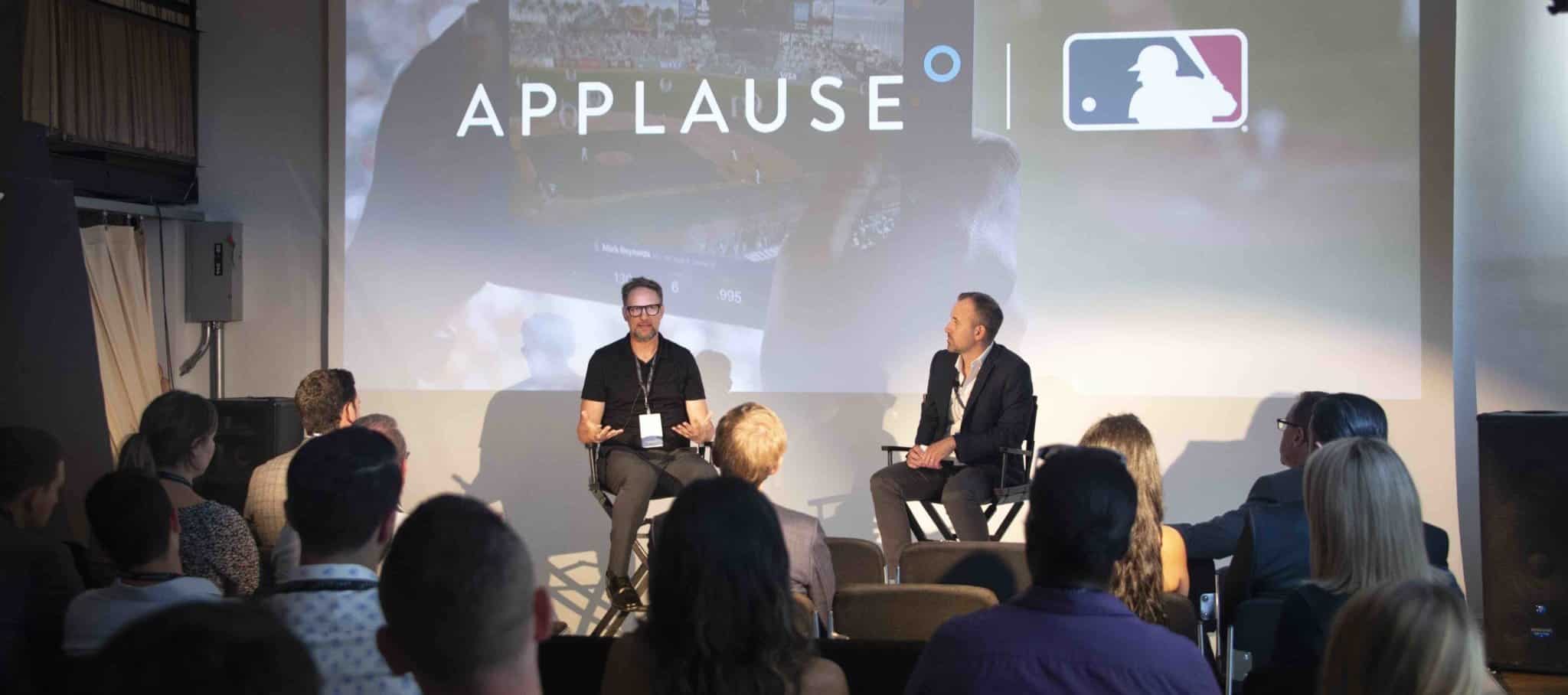The Future of Sports Depends on Omnichannel
There’s nothing quite like attending a live sporting event. The atmosphere and shared passion you feel at a game makes for an unparalleled experience. Fans want more though, but not in the traditional live entertainment format, but via their mobile phone. Connectivity is everything for fans, so whether they are at the game or watching elsewhere, fans need alternative means with which to follow their favorite teams and remain engaged at all times throughout the season and the offseason.
Television remains important to sports fans’ viewing habits, but with the on-the-go nature of today’s consumers and the desire to be connected at all times, the digital experience has become central to fans everywhere. Whether on their desktop, Smart TV, mobile phone or one of many other connected devices, fans want to engage on the touchpoint that works best for them. For organizations like Major League Baseball, delivering a seamless experience across all of those channels has proven immensely challenging.
We recently sat down with Jerry Anderson, senior director of software quality for Major League Baseball, during our The State of Omnichannel in the Enterprise event and dove into the challenges and opportunities his team faces in delivering an omnichannel experience, and what is required to deliver a premium user experience.
Bringing the Game to the Fans
For any organization building a digital streaming platform, ensuring quality across every channel is one of the biggest challenges. There are countless combinations of devices (e.g. mobile, desktop, connected devices, etc.) to test across varying networks and operating systems – and a limited amount of time in which to test them all. Anderson learned early on that accommodating the devices of every user was simply too much of a testing burden.
While every customer matters, you will never make every customer happy. It’s critical to think strategically about which devices will provide the most value and build out from there. By stretching your testing focus too wide, you limit the quality of the experience for all. As Anderson noted during his discussion, “Design for quality early so you can save costs later. Everybody knows that bugs are more expensive as you go.”
While device coverage is critical to overall digital experience, it’s the continuity of experience from one device to the next that truly elevates the omnichannel experience. A fan watching the ballgame on a mobile device demands the same quality streaming experience when he or she is home watching via Roku or another device. Whether or not you meet that quality bar across the board will be crucial to building long-term consumer trust.
Creating an Interactive Experience
Just as digital channels have given fans a new way to watch games and interact with teams, they have also added a layer of interactivity to the in-stadium experience. For fans, features like directions to the shortest beer queue or the nearest bathroom bring valuable time-savings to them as they look to maximize time in their seats, while other features like the social media clubhouse help keep fans engaged at all times during games.
While these features hold immense value, there is a big hurdle to clear in both developing and testing them. To begin with, every experience is going to be different. Every stadium or arena has its own unique design and every team has its own branding and values. There is no one-size-fits-all solution for this, but rather a need for every organization to be equally responsible for digital quality.
Quality is everyone’s burden and must be agreed upon by everyone in the organization – from the home office to the clubs.
Testing in-stadium apps becomes even trickier. Quality cannot depend solely on simulated tests, but requires intense testing in the actual stadium environments. With teams playing in different stadiums across the country, all at varying times, finding adequate test coverage at every location is impossible through traditional means. It is, however, necessary to deliver a quality experience that users will continue to use at every game they attend.
Keys to Omnichannel Quality
Whether fans are attending a game or want to follow along at home, there is a constant need for them to be engaged. Such is the nature of sports fandom, but also modern consumerism as a whole. The ultimate challenge is creating a platform that consistently delivers a quality experience from one touchpoint to the next.
Once you start to cut corners in quality you are asking for trouble.
For sports organizations to thrive in the years to come, there must be a commitment to digital quality. That commitment requires thorough testing, done early and often. The minute a fan interacts with an app, it must be intuitive and natural. That only comes from testing with real people in the real environments the app will be used.
There is no substitute for real user feedback, and it shows in the final product. As fans continue to grow their digital-first tendencies, this feedback will only grow in importance. Don’t leave quality to chance. If you strike out, you may not get another chance.
Webinars
Validate Your Redefined Customer Journeys Quickly
COVID-19 has accelerated the need for new customer journeys like curbside pickup. Now is the time for businesses to account for contactless services and ensure customer safety.
